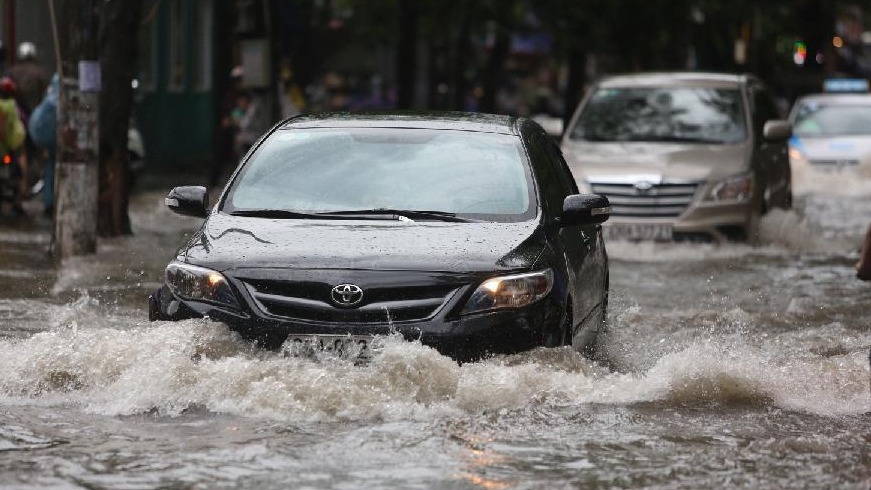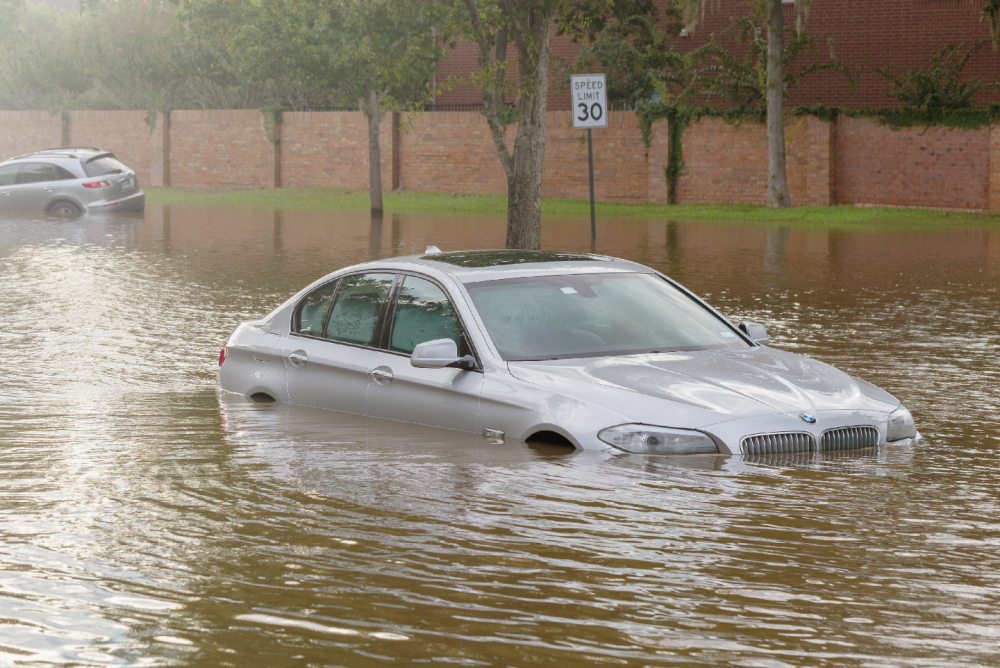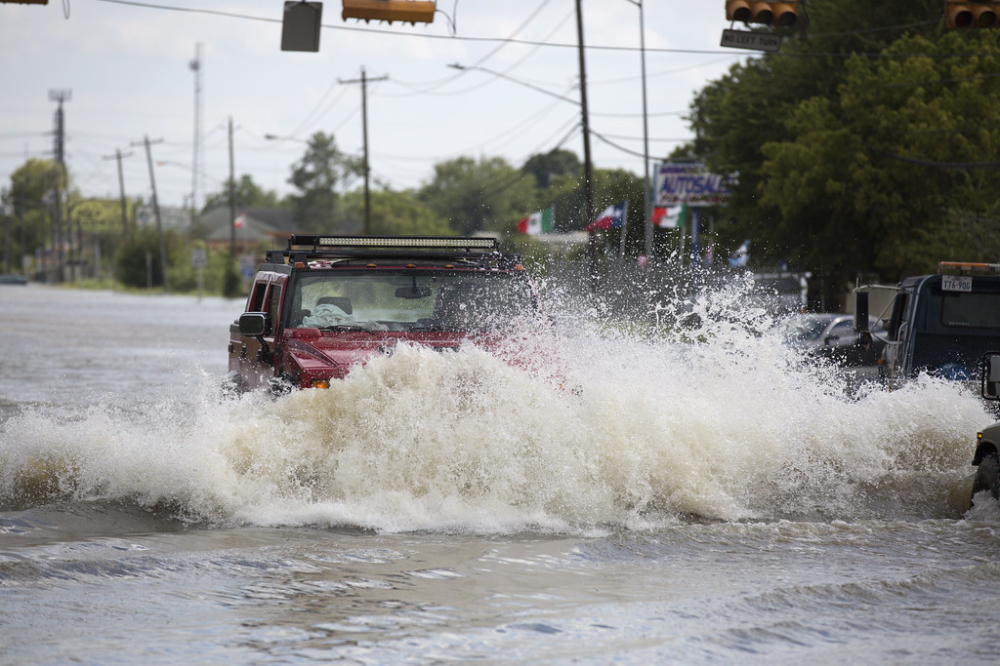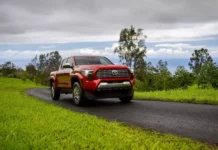The arrival of the rainy season brings concerns for many, especially drivers who frequently encounter flooded areas. When faced with flooded roads, drivers need to know when to forge ahead and when to turn back and find an alternative route. Before deciding to venture into deep water, ask yourself these crucial questions to make an informed decision.
Are you familiar with this road?

The dangers of driving into flooded areas go beyond water depth. There could be hidden hazards lurking beneath the surface, such as deep ruts, open manholes, and concrete embankments, which can cause you to get stuck. If you’re unsure about these potential “traps,” it’s best to turn back and find an alternative route.
Accurately estimate the water depth
Never drive into flooded waters without knowing its depth. While it may start at knee height, it could quickly rise to waist level or higher as you progress.
Use your surroundings as a guide, such as observing pedestrians wading through the water, stuck vehicles, or the water level on utility poles and trees. If necessary, get out of your car and try to assess the depth further ahead. Alternatively, ask local residents for their insights.
Don’t be overconfident just because you’re in a high-riding vehicle

Don’t assume your vehicle can easily tackle flooded roads just because the water level seems low. A vehicle’s water-wading capability depends on various factors beyond its height. For instance, two vehicles of the same model year but with different engine and air intake systems can have vastly different water-wading capabilities. One car may survive water up to its hood, while another could stall with water reaching its headlights. Installing a snorkel can enhance your vehicle’s water-wading capability.
What is your vehicle’s wading depth limit?
Automobile manufacturers provide clear specifications about the wading depth limits for their vehicles. These limits take into account various components, including electronic systems, fluid reservoirs, and even door seals. Therefore, it’s crucial to turn back if you’re unsure about your vehicle’s wading depth limit.
How heavy is your vehicle?

Lighter and smaller vehicles, such as hatchbacks and sedans, are more prone to being swept away, depending on the depth of the flooded road or the strength of the current.
Heavier vehicles, like pickup trucks and medium-sized SUVs, generally fare better in flooded conditions. However, even these vehicles can be overwhelmed and swept away if the water is deep and strong enough.
What to do if you get stuck in a flooded area?
Obviously, the primary goal when encountering a flooded road is to get to the other side safely and keep your vehicle functional. However, if your vehicle gets stuck in a flooded area, the basic steps include turning off the engine, disconnecting the battery, removing electronic components, and attempting to push the vehicle out if possible.
Thoroughly inspect your vehicle after wading through water
Congratulations if you successfully navigated your vehicle through the flooded area! But your work isn’t done yet. It’s crucial to inspect your vehicle afterward. Check for debris trapped in the radiator, fluid contamination, and the functionality of electronic systems. If you have any doubts about your vehicle’s condition, it’s best to think twice before venturing into flooded waters again. Any vehicle, be it a legendary off-roader like the Land Rover Defender or a compact sedan, can succumb to the dangers of deep water.









































